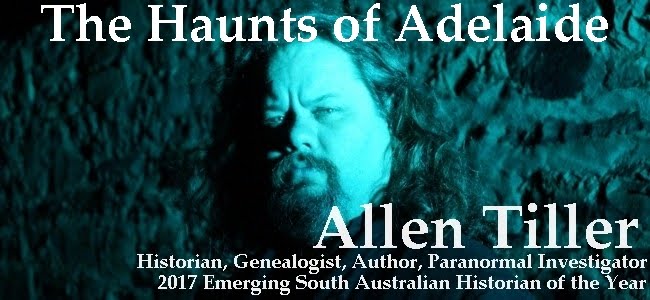Map Kernow: Map the Miner
If you've ever visited Kapunda, you would remember passing the giant Cornish
miner Statue at the southern end of town. Known as The Big Miner to some, and as Map Kernow, or Map the Miner to others. The
monument was constructed in 1988 and officially opened on June 5th, 1988. The
monument was designed and built by Ben Van Zetten after being suggested by
local John Davidson that a memorial be erected to commemorate the influence the
Cornish Miners had on the town.
The Rotary Club of Kapunda organised a funding campaign and successfully raised
the money needed. Over the year’s other local volunteer community groups and
the local council have helped to assist in beautifying the grounds around the
Statue making it a focal point for tourists entering Kapunda.
The plaque on the miner reads;
"This statue is a monument to the profound, role and contribution of the
Cornish miner in the Kapunda and in due course in other mines in South
Australia. The Kapunda mine, established in 1844, was the first successful
metal mine in Australia and contributed greatly to the economic development of
South Australia. Up to its closure in 1878 ore to the value of more than £1
million was produced and up to 340 men and boys, mainly from Cornwall were
employed."
In June 2006, Aaron Ashton was arrested after setting a fire as a “prank” at
the base of the statue. Ashton claimed in court proceedings that he did not
think the statue would be made from flammable materials and that he did not
intend to destroy the statue.
He pleaded ‘Not Guilty’ to the damage caused, estimated to be around
$95,000, but was found guilty by Judge Muecke in 2007, and sentenced to several
years in gaol for his crime.
Researched and written by Allen Tiller © 2017
Bibliography
Fewster S, 2008, Teen vandal's idiocy destroyed tourist
icon Map the Miner, The Advertiser, viewed 24 March 2017,
http://www.adelaidenow.com.au/news/south-australia/teen-vandals-statue-of-idiocy/news-story/115c070b8bc98d9dd38515c8b116e168
Monument Australia. 2010. Map the Miner | Monument
Australia. Monument Australia, viewed 1 March 2013, http://monumentaustralia.org.au/themes/technology/industry/display/50956-map-the-miner.















